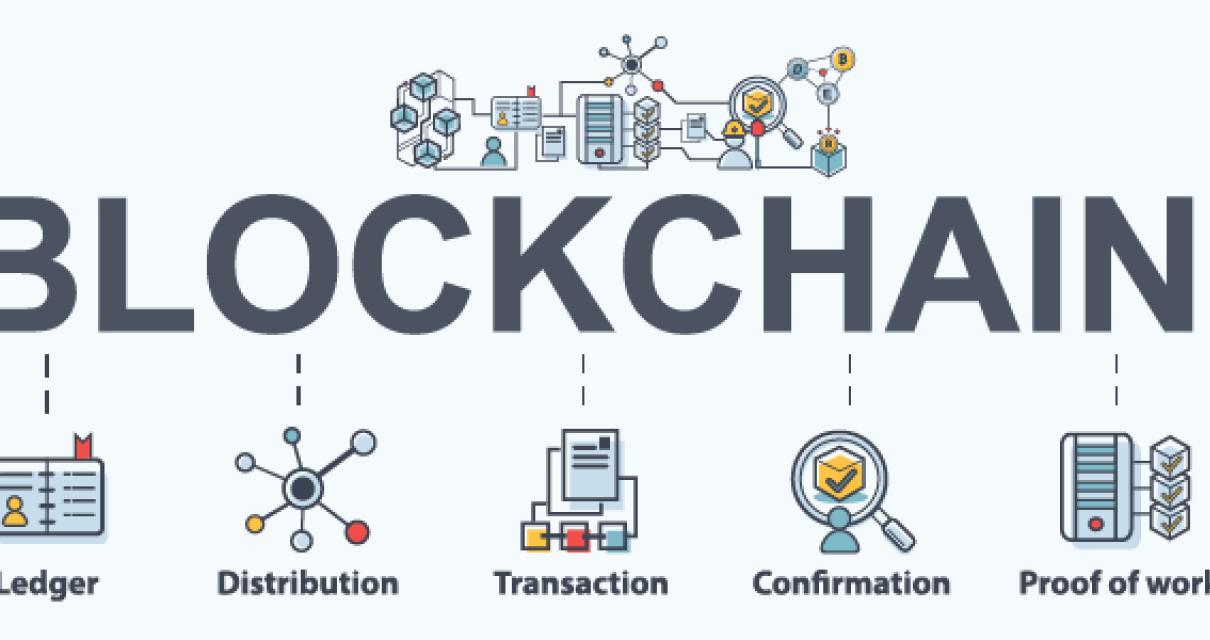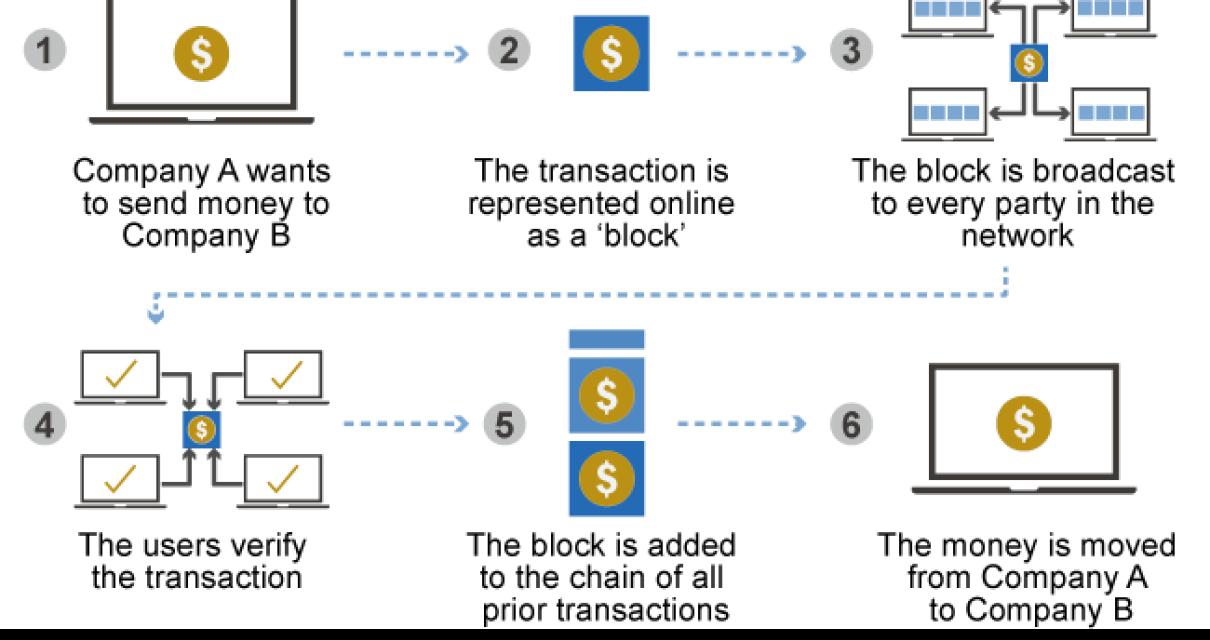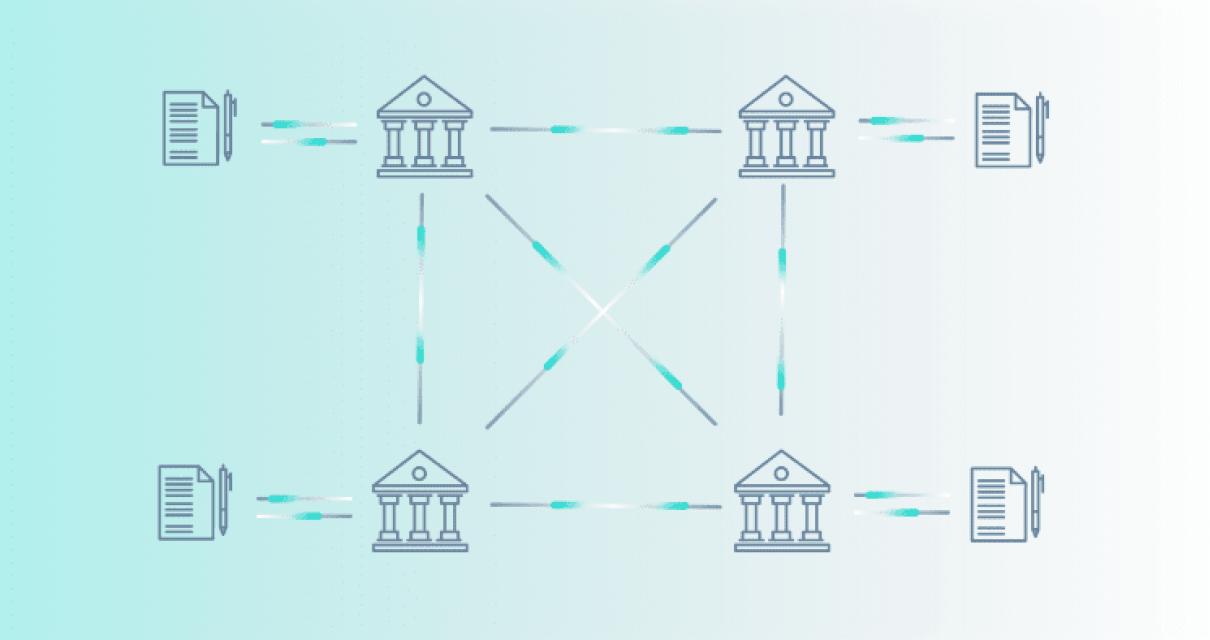What is a blockchain ledger?
A blockchain ledger is a digital ledger of all cryptocurrency transactions. It is constantly growing as "completed" blocks are added to it with a new set of recordings. Each block contains a cryptographic hash of the previous block, a timestamp, and transaction data. Bitcoin nodes use the block chain to distinguish legitimate Bitcoin transactions from attempts to re-spend coins that have already been spent elsewhere.
How does a blockchain ledger work?
A blockchain ledger is a digital ledger of all cryptocurrency transactions. It is constantly growing as “completed” blocks are added to it with a new set of recordings. Each block contains a cryptographic hash of the previous block, a timestamp, and transaction data. Bitcoin nodes use the block chain to differentiate legitimate Bitcoin transactions from attempts to re-spend coins that have already been spent elsewhere.
The benefits of a blockchain ledger.
There are many benefits to using a blockchain ledger, including:
1. Efficiency: A blockchain ledger is an extremely efficient way of tracking transactions. Because a blockchain is a distributed ledger, it can be used to track transactions between numerous parties without the need for a central authority.
2. Security: A blockchain ledger is highly secure, because it is distributed across a network of computers. This makes it difficult for hackers to steal or tamper with the data.
3. Transparency: A blockchain ledger is transparent, meaning that everyone can see the transactions that have taken place. This is beneficial, because it allows businesses to track their finances and operations in a transparent manner.
4. Trust: A blockchain ledger is trustless, meaning that there is no need for users to trust one another. This is a major advantage, because it eliminates the need for third-party verification or confirmation.
5. Cost savings: A blockchain ledger can be used to reduce the cost of transactions, because it eliminates the need for third-party verification or confirmation.

The drawbacks of a blockchain ledger.
There are a few potential drawbacks of using a blockchain ledger. One potential issue is that the processing power needed to keep a blockchain ledger up and running can be expensive. Additionally, if a blockchain ledger is hacked, the information it contains could be compromised. Finally, since a blockchain ledger is decentralized, it may not be easy to enforce certain rules or regulations on it.
How to use a blockchain ledger.
Download the Ethereum blockchain software.
Create an Ethereum wallet.
Upload the Ethereum blockchain software to your computer.
Open the Ethereum wallet.
Create a transaction.
Select the send button.
Enter the recipient's address.
Enter the amount of ether to be sent.
Select the Gas Limit (in units of Gwei).
Select the Gas Price (in units of Gwei).
Click the send button.

When to use a blockchain ledger.
A blockchain ledger is a distributed database that maintains a continuously growing list of records called blocks. Each block contains a cryptographic hash of the previous block, a timestamp, and transaction data. Bitcoin and other cryptocurrencies use blockchains to record transactions and to secure the relationships between wallets.

Why use a blockchain ledger?
A blockchain ledger is a distributed database that allows for secure, tamper-proof logging of transactions. The ledger is constantly growing as new blocks are added to it with a new set of recordings. This allows for a transparent and secure history of all transactions.
Which is better – a blockchain or a ledger?
A blockchain is better because it is a distributed database that allows for secure and transparent transactions. A ledger is also a good option, but it does not rely on a distributed database.